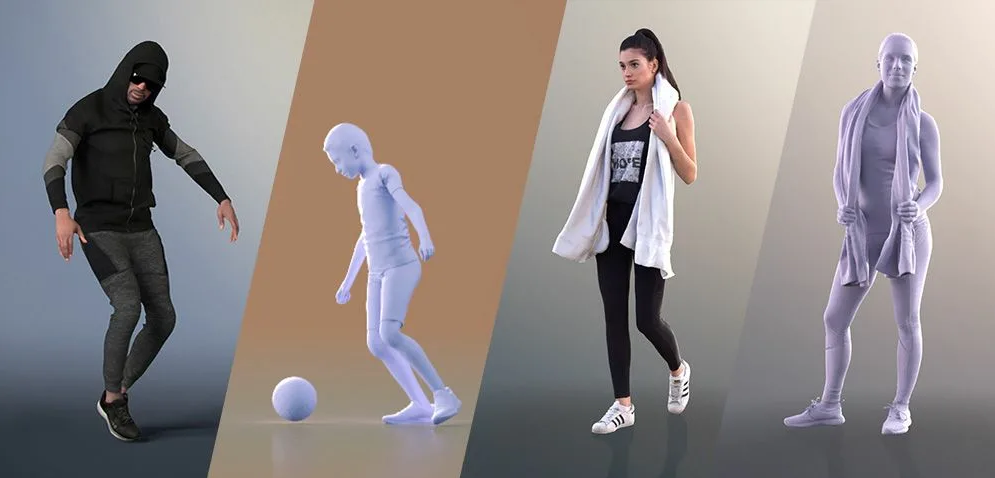3D modeling for film production requires both artistic vision and technical precision. Models must look stunning while being optimized for animation. The process begins with thorough research and reference gathering. Understanding real-world proportions and anatomy is crucial. This foundation separates professional work from amateur attempts.
The blocking stage establishes the model’s basic forms and proportions. Using simple primitives helps focus on the overall silhouette. This phase determines how well the model will work in 3D animation for cinematic movies. Keeping geometry light at this stage allows for easy adjustments. The goal is to nail the proportions before adding details.
When developing 3D character design for animation studios, edge flow becomes paramount. Proper topology ensures clean deformation during movement. The character’s intended actions should guide your edge placement. Using reference skeletons helps plan joint areas. These decisions impact how well you can animate realistic 3D characters for film.
High-poly modeling brings the design to life with intricate details. Sculpting tools allow for organic, natural-looking surfaces. Techniques like pore detailing and surface imperfections add realism. However, always keep the final render purpose in mind. These details must translate well in high-quality 3D rendering for film studios.
Retopology converts high-poly models into animation-ready assets. This process creates clean, efficient geometry that deforms properly. Various tools can automate parts of this workflow. The balance between detail and performance is crucial. Good retopology is invisible in the final cinematic quality 3D rendering.
UV unwrapping prepares models for texturing and materials. Proper UV layout minimizes stretching and maximizes texture resolution. Strategic seams placement hides them in less visible areas. This technical step greatly affects the final appearance. It’s especially important for Blender for animation studios workflows.
Final optimization includes LOD creation and collision meshes. These steps ensure models perform well in different scenarios. The complete pipeline from concept to final asset requires patience. Each stage builds upon the previous one’s quality. Mastering this process is key to professional 3D modeling for film production.

